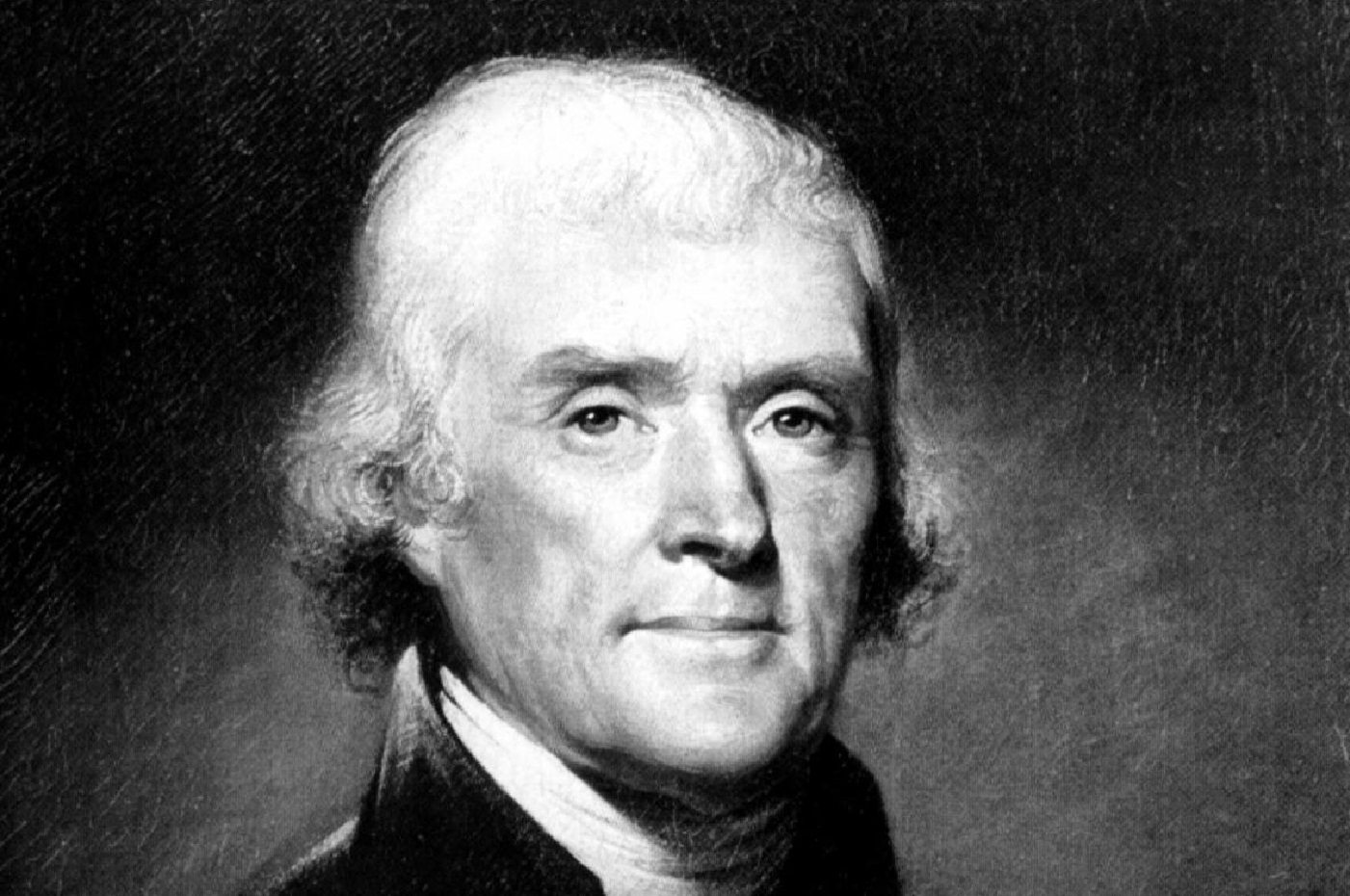Amid debates on historical statues’ removal, Thomas Jefferson’s statue faces removal in NYC after 187 years, sparking discussions on ideology.
The decision to remove Thomas Jefferson’s statue from New York City Hall, a figure central to the founding of the United States, has ignited conversations about historical preservation and the interpretation of historical figures’ ideologies.
Also read | Who was Masuimi Max? Cause of death explored
Thomas Jefferson, the principal author of the Declaration of Independence and the third President of the United States, played a pivotal role in shaping the nation’s early years. The move to remove his statue after standing for 187 years raises questions about the motivations behind such decisions and the broader implications for how history is remembered.
While Jefferson is celebrated for his contributions to the nation’s foundation, discussions often arise regarding his political ideology. Some argue that he held anti-federalist views, emphasizing states’ rights and limited federal government, as evident in his opposition to a strong central authority.
The decision to remove statues of prominent historical figures has been a topic of contention across the country. Advocates for removal often cite concerns about celebrating individuals associated with slavery or holding views deemed inconsistent with contemporary values. On the other hand, opponents argue that such actions erase important aspects of the nation’s history and diminish the context in which these figures lived.
The debate extends beyond Jefferson’s personal beliefs, delving into the broader question of how the nation reconciles its historical figures’ complex legacies. As calls for removal persist, some advocate for a nuanced approach that acknowledges the flaws of historical figures while preserving their contributions to the nation.
Also read | Who was Kawsheen Gelzer? NYC woman arrested with body parts in freezer
Whether the removal of Jefferson’s statue represents a shift towards erasing historical complexities or a necessary step in reevaluating national symbols remains a subject of ongoing discussion. The broader implications of such decisions on the nation’s identity and historical narrative continue to fuel debates across the United States.







